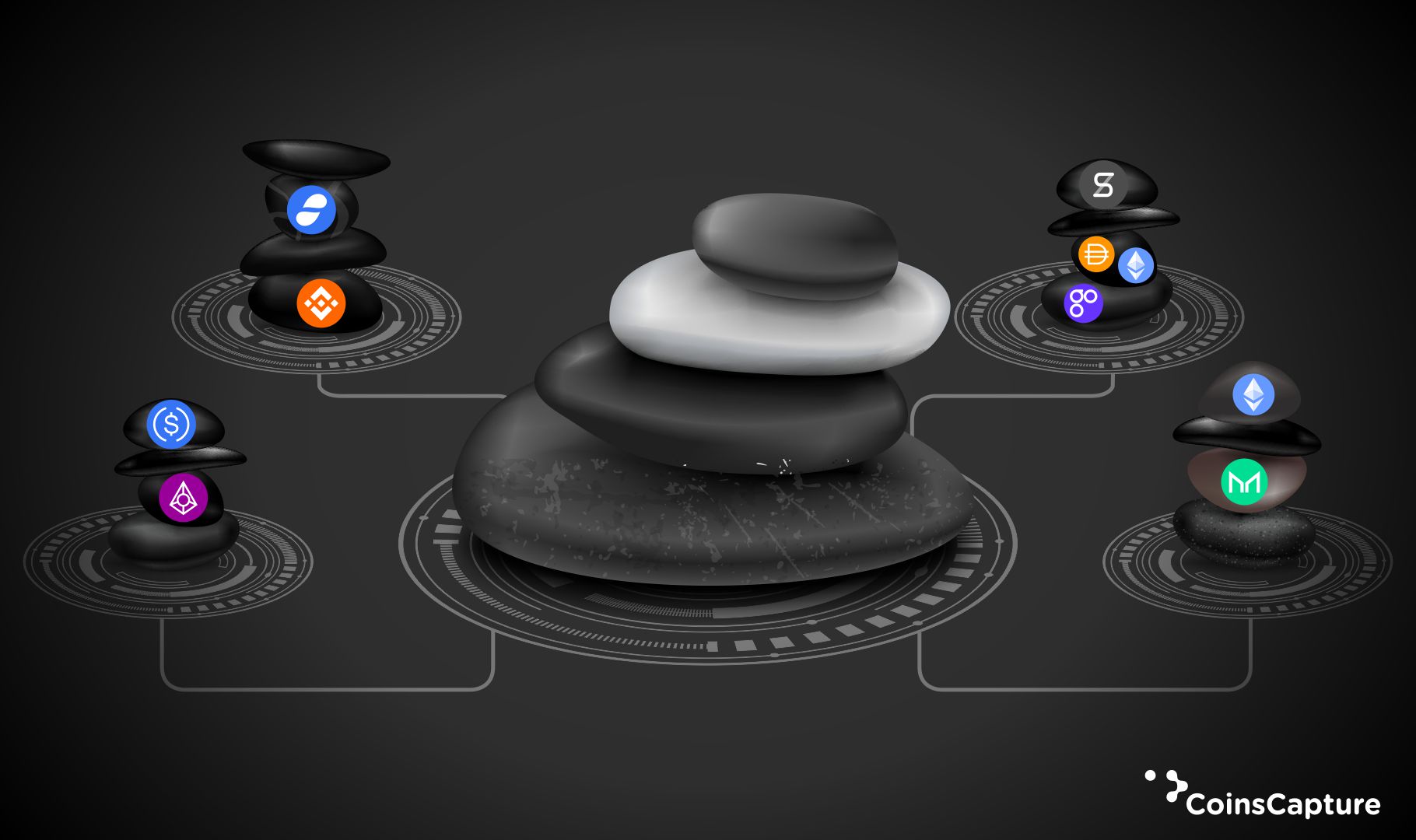7 November 2025
Ethereum DeFi’s - Balancer Governance Token - Explained
Ethereum’s DeFi - Decentralized Finance ecosystem introduced Balancer in March 2020. Balancer - BAL - is based on the Ethereum platform as a decentralized finance ecosystem that enables for automatic market-making. Wherein, AMM - Automatic Market Maker is a market-making agent that defines the trading rules-based and controlled by algorithms - an algorithm that creates and manages liquidity. Thus, the market maker buys and sells financial instruments leading in providing liquidity to the market and profiting from the bid and ask prices.
What is BAL?
BAL - Balancer is a Balancer Protocol Governance. It is believed to create an alignment between token holders and protocol stakeholders and enabling participation in the protocol.
As stated on the website, “We believe BAL tokens are the vehicle to drive alignment and participation in the protocol. BAL tokens are not an investment; BAL token holders should be people who interact with the protocol in some way, are committed to its future development, and want a seat at the governance table.”
Balancer’s Keypoints
Many DeFi protocols support AMM in the space such as Curve and Uniswap, so why Balancer?
Balancer is a protocol for programmable liquidity. Balancer’s protocol supports up to 8 assets per market - a customizable number of pools also it’s weighing of LP assets is arbitrary, the trading fees are set by the creator of the pool and pools are controlled by the smart contracts which provide an implementation of any arbitrary trading strategy or logic.
It also facilitates flexibility-
- Private pools- wherein only the user can add or remove liquidity.
- In a rebalancing smart pool, the user can earn trading fees on top of cDai.
- The user with a single asset can join a multi-token pool.
- Based on the underlying volatility, the user can adjust dynamic swap fees.
- The user can adjust weights continuously over time.
- For liquidity exposures, the user can utilize balancer pool tokens within the new pools.
Also Read, The Novice Guide To Yield Farming On DeFi
With Balancer, the user can utilize pools in two ways:
- Trading: The user in a decentralized method can trade tokens through pools and with Balancer’s smart order routine - SOR, the exchange of the cryptocurrency is conducted efficiently, faster, at a lower fee, basically ensuring best prices.
- Providing Liquidity: The user can provide liquidity to the pool by depositing supported assets and earn from its fees.
Hence, Balancer believes that the concept of sourcing liquidity has the potential to create a “flywheel” network effect which would lead to profits for the liquidity providers, cost-efficiency, better liquidity and risk-management tools through pools schematics. Also, all the pools in Balancer are ERC20 tokens which are also known as Balancer Pool Tokens - BPTs representing proportional ownership in the liquidity of the pool.
The working of Balancer
The Balancer pool consists of 3 variations:
- Private Pools - It consists of only 1 single liquidity provider in-charge of the pool.
- Shared Pools - The ownership of the pool is tracked by Balancer Pool Token while liquidity can be added by anyone.
- Smart Pools - The concept is as same as shared pools, however, the smart contract operates the pool enabling weighting, fees and readjust the balances.
Also Read, 7 Top DeFi Apps In 2020 For Making Money
Token Supply and Distribution
The total supply of BAL tokens is capped at 100M, however, it is also up to the governance to decide if the distribution should end before the cap is reached.
Following is the breakdown:
- 25M BAL tokens - it is allocated to the founders, investors, stock options, and advisors.
- 5M BAL tokens - it is allocated to the Balancer Ecosystem Fund.
- 5M BAL tokens - it is allocated to Fundraising Fund.
- The remaining 65M BAL tokens are intended to be distributed to the liquidity providers.
The current rate of distribution to the liquidity providers is 145,000 BAL per week or 7.5M BAL per year that states an approximation period of 8.666 years to reach its whole distribution of 65M BAL tokens in order to reach 100M BAL cap.
The Hack of the Balancer Pool
A worth approximation of $500,000 was hacked on June 29th 2020, through Flash Loan from dYdX and the deflationary Statera token - STA. The attacker had flashed a sum of 104,000 WETH which was swapped multiple times for STA and each transaction burnt around 1% of the STA leading to an increase in WETH amount.
Analysts at 1inch said, “The person behind this attack was a very sophisticated smart contract engineer with extensive knowledge and understanding of the leading DeFi protocols.”
However, Balancer had assured its users a reimbursement.
Balancer is still very young in the space to determine its future, and its debut was pretty much in the news for various reasons, however, its merits prove its credibility towards development, integrity, and transparency.






